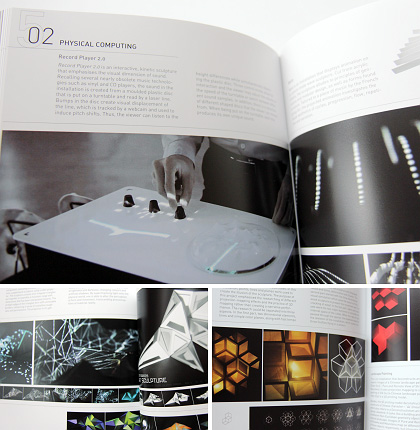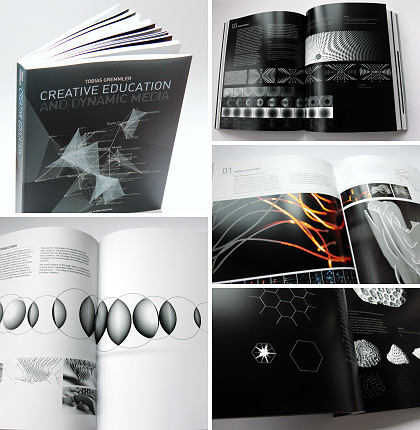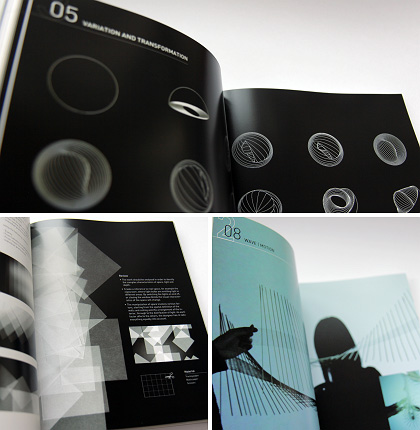Tobias Gremmler Teaching & Research
This pages where dedicated to my academic activities as visiting professor at the School of Creative Media, City University of Hong Kong and Shanghai Theatre Academy between 2011 and 1016.

| Creative Education and Dynamic Media The book provides guidelines and practical creative exercises which equip creative-major students in early semesters as well as creative practitioners with fundamental knowledge on creation methods. Combination of functionality, simplicity and aesthetics in modern design is considered a fundamental design principle in the Bauhaus School in Germany, and, inspired by the School, the creative handcrafting exercises and the concepts introduced in this book are primarily coherent with this principle. The book draws a direction between two and three dimensional material-based design and modern digital creation process. The first part of the book introduces various creative handcrafting exercises on proportion, geometry and modularity, among other fundamental design principles. The creative exercises will sensitize students on aesthetical and structural issues, and thus serve as an essential building block for application of the design principles to computer-based creative processes, which are introduced in the second part of the book.
|
About the Book The purpose of this book is to provide guidelines and practical examples for teachers and students in early semesters in design, architecture, art and fashion faculties as well as creative training institutes. The exercises described in this book aim to equip students with fundamental knowledge on creation methods which serve as essential building blocks for their later studies. The book introduces 38 modules of different creative exercises including proportion, composition, geometry, form, modularity, generative design, colour, typography and transformation. In addition, a selection of creative projects by more advanced students and professionals demonstrates the successful application of fundamental design principles and methods. Design Foundation and Research The foundation modules in the first three chapters of this book are based on my wide ranging expertise covering most of the disciplines that design students have to face in their subsequent studies. In response to the perceived needs of students, the modules in the first two chapters of this book are process oriented. Chapter 1, Perception, opens with a discussion and set of exercises on perception and interpretation. The second chapter, Fundamentals, explores 2D and 3D structures. The materials (i.e. paper, wooden rods and fabrics) used in these two chapters are simple, low-cost and effective teaching tools. Each material represents certain structural and aesthetic qualities such as transparency, flexibility or modularity. Explorations of these qualities are an essential part of the intention of the learning modules. In addition, in response to contemporary design challenges, I incorporate dynamic and time-based aspects in the learning modules at an early stage, starting with chapter 2. The assignments introduced in these modules provide frameworks through which students are able to progress in a way that is attuned to their personal learning style. At the end of each course, all students should be able to integrate fundamental knowledge on creative practices that is applicable in further courses. In chapter 3, digital design is introduced as a foundation course (Digital Foundations). |


